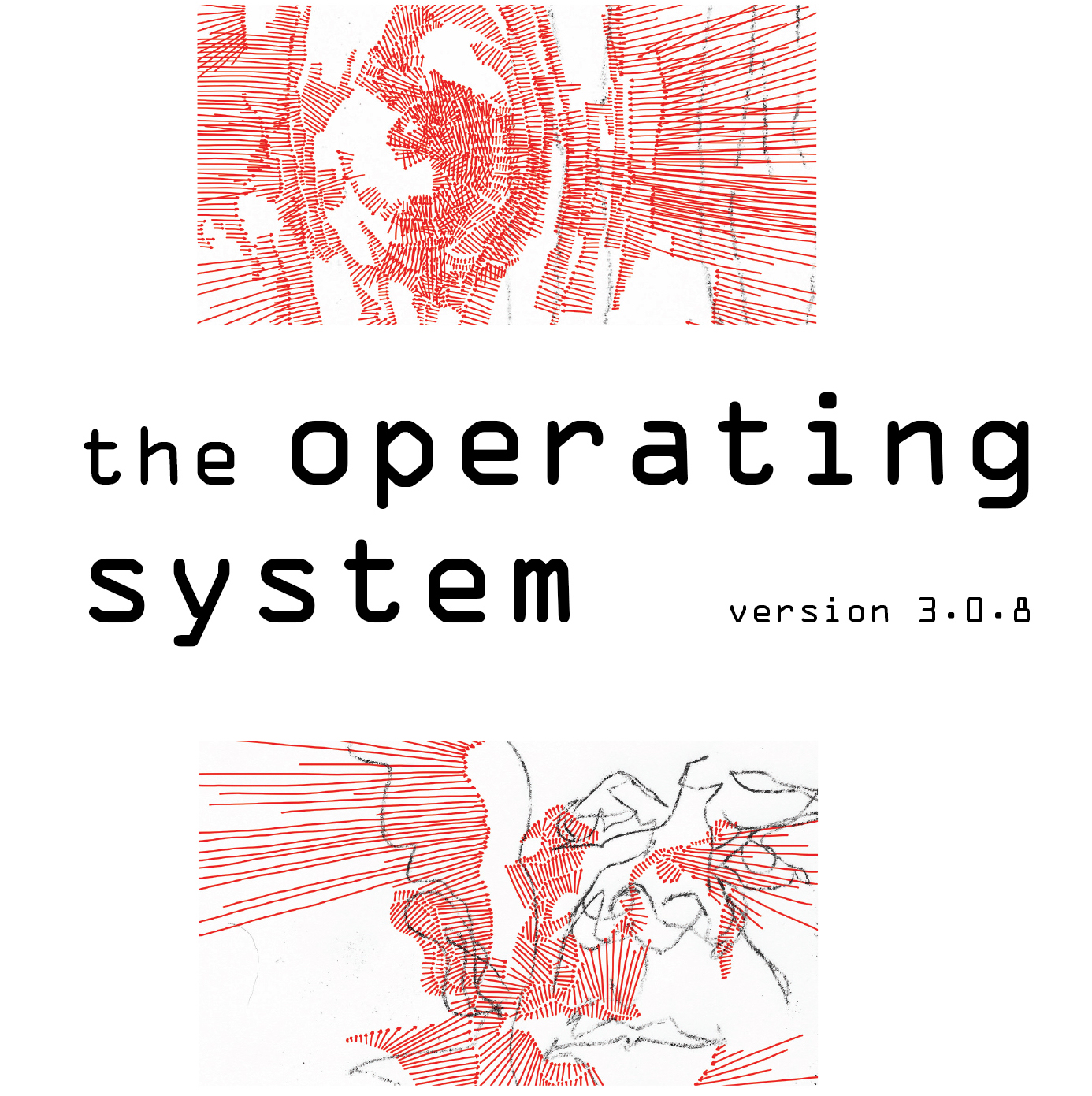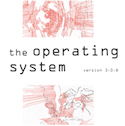AWESOME CREATORS :: An Interview with KNOW HOW MOVIE's Director Juan Carlos Piñeiro Escoriaza
In today’s special edition of the AWESOME CREATORS series, editor Lynne DeSilva-Johnson joins in conversation with Juan Carlos Piñeiro Escoriaza, director of “KNOW HOW” – the first ever feature film written and acted by foster care youth. Check out the official trailer, released this week, above!
The film, starring Joshua Elijah Adams, Deshawn Brown, Niquana Clark, Michael Kareem Dew, Gabrielle Garcia, Ainsley Henry, Gilbert Howard, Lee Jimenez, Claribelle Pagan, and Ebonee Simpson, has been in the works for several years – an long and inspiring process that we are excited to see culminating in festival accolades and its official release, this spring.
Here’s a brief snapshot:
[box] A film written and acted by foster care youth ripped from the stories of their lives. Five youths’ worlds interweave as they confront loss, heartbreak, and come of age in this tale about transience and perseverance. Addie struggles to graduate from high school while her best friend Marie loses her grandmother. Megan copes with being taken from her abusive family and faces the harsh reality of living in a residential treatment center. All the while Eva works to be mother to her sister while their father falls deeper into a crack addiction. Finally, there’s Austin who’s living on the street with his brother; barely able to feed himself. All of them must decide to survive or else fall victim to a broken system. [/box]
[h6] Where can I see KNOW HOW? for now…
–> at the Cinequest Film Festival in San Jose, March 8-11, where KH is up for their highest honor, the Maverick Award in Narrative Film
–> in its international premiere at the Madrid International Film Festival in June 2014, where KH has been nominated for Best Picture, Best Director, and Best Actress
–> and, closer to home, at the Garden State Film Festival, in Atlantic City, NJ, April 3-6, where KH won the Broader Vision Award, a social change accolade for movies pushing the envelope in this form [/h6]
First of all, I’d like to express my gratitude to Juan Carlos for joining me in dialogue about this project – it’s exciting to be able to share in this moment after so many years of work on the part of their creative team – especially by the young people involved.
[box] For just a little background: Juan Carlos Piñeiro Escoriaza is an acclaimed filmmaker, with two well received features under his belt: “Second Skin” a documentary on virtual worlds [ed: now available to stream on snagfilms!], and “Know How” which (as you’ll learn here) is a musical written and acted by youth in foster care. He is also the Founder of White Roof Project, a nonprofit organization curbing climate change. You can follow him on twitter @JCPE. He entered my virtual orbit way back in my early(ish) blogging and citizen journalism days, in 2008 when he founded POPTEN with his brother, Victor, with whom I share an alma mater – they’ve both been firmly planted on my creative-admiration radar ever since. But enough from me – I’ll let him tell you his story. – LDJ [/box]
LDJ: As always, our conversation begins with the basic “who what when where why and how” – a request for Know How’s “elevator pitch.”
JC: It’s a musical written and acted by youth in foster care, about their own lives. Have you ever heard of anything like that in your life? I don’t think there’s ever been something quite like this movie. These are voices of youth who are rarely heard, and it’s incredibly important to listen to what they have to say about the system we’ve created.
I see the film inspiring and educating audiences through the movie’s powerful stories; driving them online to take realistic, tiered, tangible actions that lead to social change. More specifically I hope they host screenings for others, become involved with foster care youth in their state, advocate for legislation to raise the age when foster care youth leave the system, donate to organizations like the Possibility Project, and even become foster parents themselves.
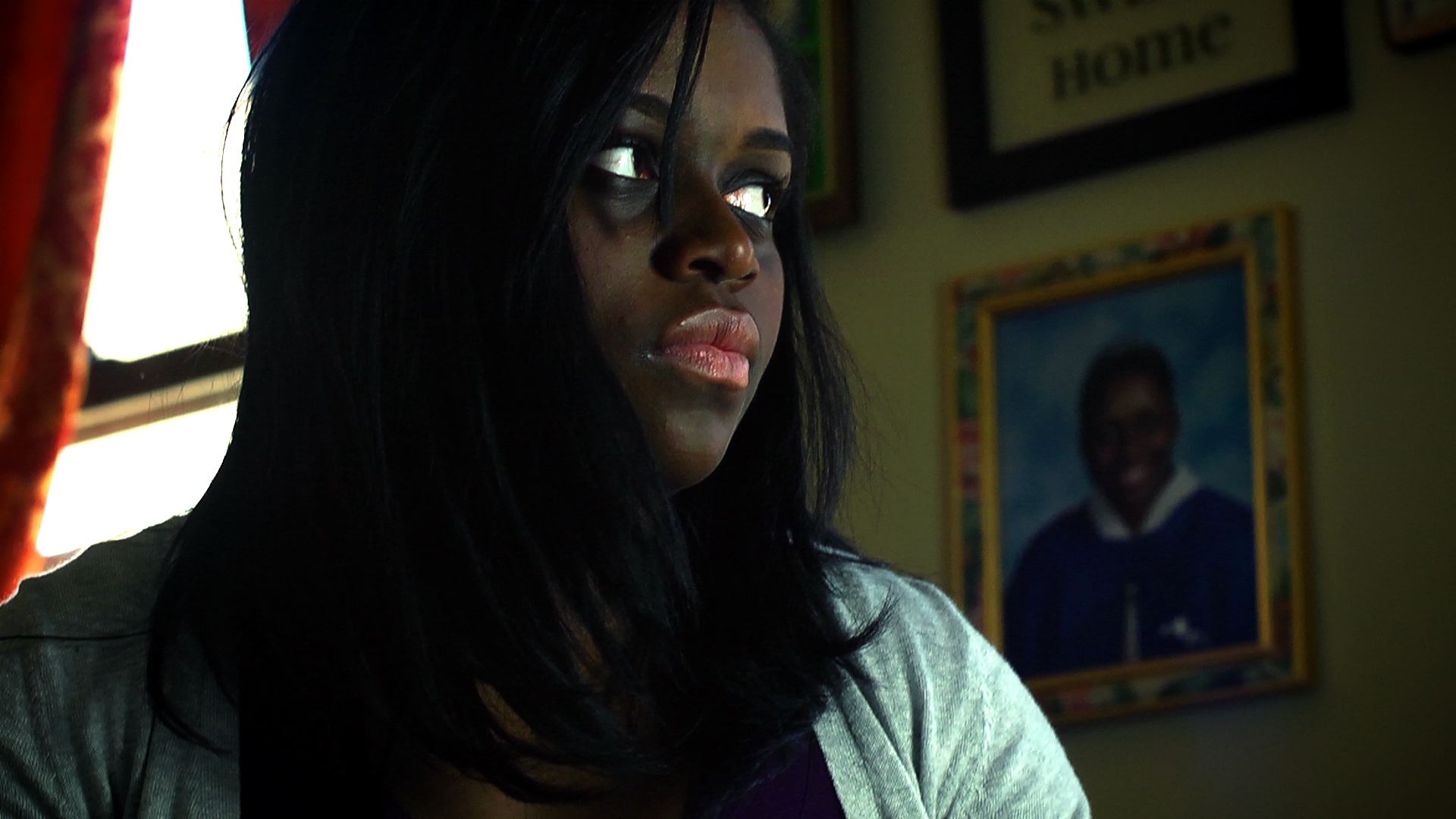
LDJ: Do you consider yourself a “filmmaker”? You’ve now had success in several ventures (second skin mentioned above already, natch), but you’ve also been involved in a wide range of other projects and have your hands in many pots, so to speak. What adjectives and nouns do you prefer for yourself, if you had to choose?
JC: At my root I’m a storyteller that loves to keep busy. I make films because it’s in my soul, I am an activist because it fills me with happiness, I develop websites when a cool idea strikes me, and I build organizations when I think there is a need. I pick up skills and crafts along the way to help me tell stories. When all is said and done it’s the creator in me that wants to engage and inspire somebody else. I think big thoughts and it’s the doer in me that finds ways to break them down. The medium may change, however the impetus is only to connect.
While working on the screenplay with the foster care youth I came up with a short mantra the has served me well ever since. “I am here on this earth to be a vessel for change. To fix the social inequities I perceive in our world. I use my love and willpower to create tangible change and that is what I would like to leave behind: A completely different world than the one I was born into.”
I want to help build a world that co-exists with its environment and has found a way to be sustainable. A place that has overcome poverty and the disparity it creates in our lives. A society that is built on the tenet of equality and achieves a true meritocracy. For now though, with this project, I want to help transform the foster care system. Start small right?
LDJ: I don’t see any of these changes as small – I see them as scaled, horizontal, evolutionary changes, giant in their long term impact and educational value…but I admire your humility!
Another “title” question, that I think many of our audience ask themselves: do you consider yourself a public intellectual or educator? Are all creative people, especially given the potential reach of social media, now choosing to educate or not to educate by ignoring certain possibilites now always available via technologies that are so accessible/widely shareable/financially viable?
JC: I’m not sure I would classify myself as an intellectual or educator. I think we all can help each other learn more about the world around us. Everyone is a teacher of something, and we’re all capable of sharing those ideas and learnings to one another. To me it’s important to believe in autonomy and what that has the capacity of doing. If you have the ability to pick something up, whatever it is that you want to do, that’s a lot of freedom. Technology facilitates that and so we’re better equipped to satisfy our need to learn from others. The big difference now is storytelling. There’s so much noise out there, you have to be a great storyteller, it’s not enough to have a great idea. You need to be able to stand up and tell people about, whether that’s a real world or virtual communication is up to you.
[articlequote]“Only Connect, that’s all you have to do”[/articlequote]
LDJ: Talk to me about your transition into this project: why is it so important to you/the team, and what made you feel like this was the right/only/necessary time? In addition to personal/interpersonal reasons, was there any specific impetus from contemporary culture or an outside influence that inspired the actualization of this idea into reality?
JC: After making my first film, Second Skin, I went through some difficult times personally and professionally. I don’t think I was ready for that level of success early on, and so I hurt myself and others emotionally.
Amidst some tumult, looking for some direction in life, I started volunteering at Streetwise Partners (a mentoring program for young adults) and going to UCB improv classes. I’ve always thought I had a keen ear for listening and understanding others, yet in both cases I felt completely enlightened afterward. It led me to rethink where I was going and why I was doing what I was doing.
So, I started looking at the potential to do good, be good, and letting the rest follow, as the only real goals that were worthwhile. From that point forward I founded a non-profit called White Roof Project to curb climate change, and started directing my second feature. It was serendipity and I’ve followed that sort of thought process ever since when making decisions.
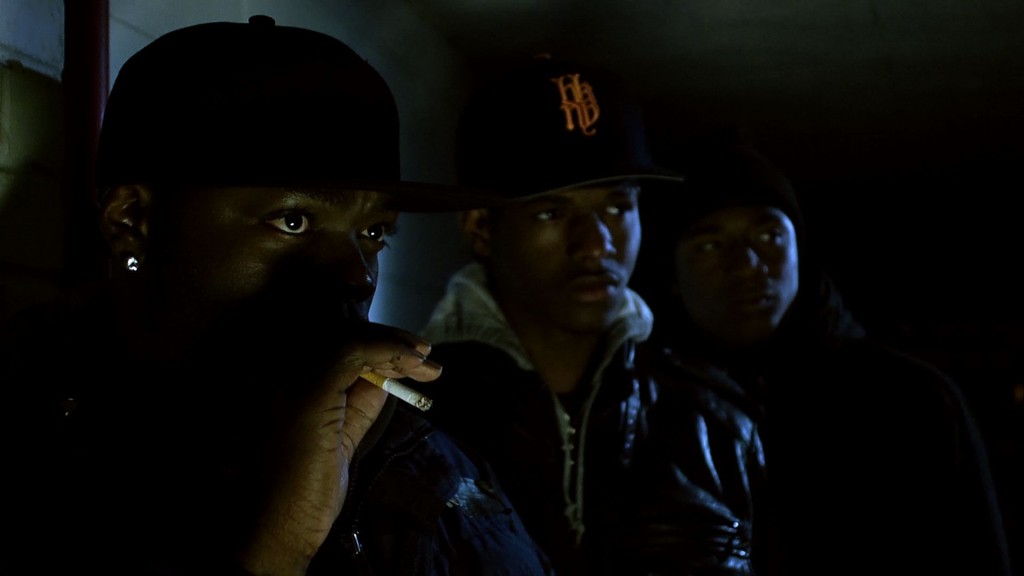 As for the film, I have called it the Wire meets Glee, but the way it manifested ended up being quite different — so I’m not sure it fits that mash up anymore. At the end of the day this movie’s goal is to drive social change. I’d like to see it become a pivotal piece in changing the national conversation on foster care, and inspire us to become more involved with this population’s outcomes.
As for the film, I have called it the Wire meets Glee, but the way it manifested ended up being quite different — so I’m not sure it fits that mash up anymore. At the end of the day this movie’s goal is to drive social change. I’d like to see it become a pivotal piece in changing the national conversation on foster care, and inspire us to become more involved with this population’s outcomes.
That said, the film plays in both the musical and real universe fluidly at times. The cast and I chose to portray a gritty reality of their world because their stories are real and we didn’t want to change that. The more we talked, the more true we wanted to be to everything that had happened to them. To make light of or glamorize their lives would have been contradictory to how they wanted to tell their stories.
My ethos on the musical elements were to build a landscape where emotion could launch us into this other world [ed: sounds familiar… see The Crossroads Project, In the Shadow of No Towers] where, like a monologue, innermost thoughts could take center stage. In that sense they’re not singing in the reality of their world, and it allowed for the musical parts to play within this realm of fantasy. A subway train has a rhythm so a song finds its way from those diegetic noises, or in another case a fight leads to one of those quiet moments where your mind wanders for meaning. Those kind of mental spaces were the ones where songs live.
I had references a plenty, a few movies of note were Kids, Annie, Juice, Chicago, Crash, Friday, West Side Story, and Manhattan. Of course, The Wire: Season 4 played highly on my mind throughout, and some stories felt incredibly reminiscent of ones that occurred there.
I had a teacher once say something that really stuck with me “Only Connect, that’s all you have to do”. He meant that our primary responsibility as filmmakers is to connect with audiences. He used to say it every single week in class, write it on the board, and I always wondered why he would reiterate it so much. Around the end of the year he told us, “It’s hard to remember what teachers said in school, and if there’s one thing you should take away more than anything else from film school it’s to only connect”. A decade later he’s the only person whose words I remember crystal clear; that age old idea that movies bring people together and help us see universal truths in each other.
While watching “Know How” you will likely laugh, be angry, sad, and may even cry, but more importantly I hope you leave on a mission to change the world.
LDJ: I know that mission well, and I hope deeply that your audiences – and ours – grow to feel it is their own, as well.
Tell us a little about The Possibility Project, before, during and after the film. What is your involvement with the project and what is the larger initiative of which the film may only play a small (if catalyzing and centrally crucial) part?
JC: Each year a group of foster care youth discover a non-profit called The Possibility Project. These teenagers are chosen to participate in the program based on their desire to create a better world. They come together for one year to share their stories. They learn to create change for themselves and their communities. They also create an original musical from the stories of their lives.
I actually went to one of their first shows when I was in high school, and after college volunteered to shoot some of the productions. I fell out of touch with them once I started directing my first feature. And then, in 2010, I got a call from the founder, Paul Griffin, requesting a meeting. They wanted to make a movie.
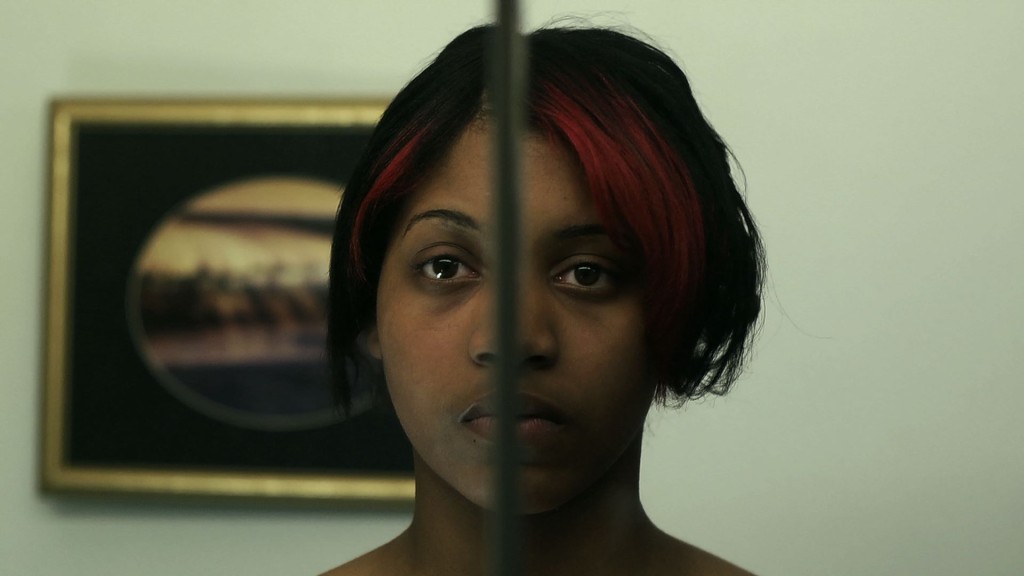 The project felt like an amazing one to be a part of. I’d get to work with foster care youth to tell their stories for the screen and then they’d star in the film itself. It also sounded incredibly challenging, high risk, and unlikely to get funded. So we started by making a short fundraising piece for the film; rather than focus on it as a motion picture, the pitch was based on youth development and creating change with a national conversation. A day after the musical premiered on stage, we had a few major donations come in that allowed us to move forward — and so what originally was unlikely became very real overnight.
The project felt like an amazing one to be a part of. I’d get to work with foster care youth to tell their stories for the screen and then they’d star in the film itself. It also sounded incredibly challenging, high risk, and unlikely to get funded. So we started by making a short fundraising piece for the film; rather than focus on it as a motion picture, the pitch was based on youth development and creating change with a national conversation. A day after the musical premiered on stage, we had a few major donations come in that allowed us to move forward — and so what originally was unlikely became very real overnight.
[articlequote]”We are Warriors, Juan Carlos. We, Are, Real.”[/articlequote]
LDJ: It seems there is a very interesting hybridization happening here (and elsewhere) in so far as educational/nonprofit, creative/film/writing, social media, and other platforms have all played a role in the production of this film as well as the project it is a part of – do you think this is specific to this particular time (and perhaps a particular place?) Could this movie have been made 5/10/15 years ago, or are we in an age particularly primed for ventures of this sort?
JC: Know How allowed me to straddle the line between documentary and narrative direction in an interesting way. At first I sat, I listened, I asked questions and more questions, and I listened to the youth. It was immersive storytelling to help transpose and transform their world into a film. We rehearsed as we re-imagined the script, the whole process was uniquely collaborative. The film took shape through their stories, and scenes were ripped directly from their memories. A multi-protagonist plot line formed that weaved in and out of each other’s lives. Sometimes they were deeply involved in one another’s world, and sometimes they just glanced off for a moment. Somehow we ended up with a 124-page foster care epic.
I really wanted the picture to have a documentary sensibility; a major choice early on was using the Meisner technique as our primary acting method to evocatively voice that universe. We worked and studied for months, building that ethos of “being in the moment” and improvising through reaction to find a truth as raw as their own. Nearly all the camerawork is handheld to give that feeling of being flies on the wall. I chose long lenses to crush the space between them and us; their beautifully young faces were full of wisdom and sensibilities that felt like that of much older people, and I wanted people to see that age. I wanted a world that brought you in, suffocated you with unseen walls, and left you feeling close to the youth.
The day before we started shooting one of the cast members said, “We are Warriors, Juan Carlos. We, Are, Real.” He was right, we lived the next four months of production battling to capture the moment. They call production a war because it is; my assistant director would joke, “This movie is a 13 inch foot trying to fit in a size 9 shoe”.
I’m not sure this film could have been made years ago. As with most projects, the time, place, and circumstances define it and give it life. The interesting part about making the movie is the funding came through the nonprofit as part of a program, so from the very start it wasn’t just a film, the movie’s creation at its most basic level was social change.
[articlequote]at its core the film was not about social change, it was social change[/articlequote]
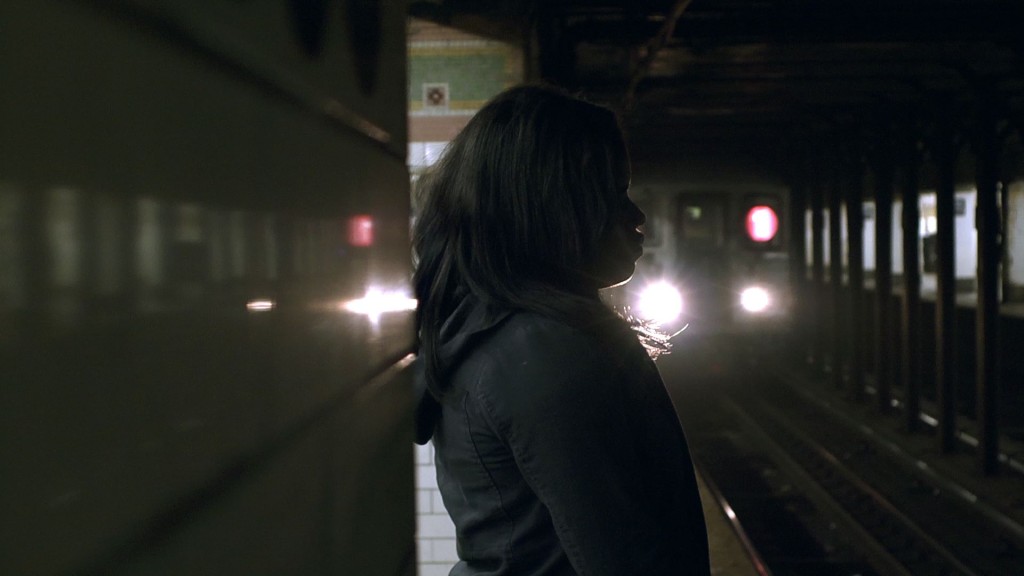
LDJ: Let’s talk more about the social change potential in this film and how it was made, specifically. In what way does this hybrid model provide a teaching in and of itself for the young people involved in the project, and/or other young people who come into contact with it? How do you see the public face of this work (and conversations around it) as educational in re: creating new sustainable possibilities of process/service/economy for the generations cutting their teeth/making their way through an odd and ever changing landscape of finance/life?
JC: What I loved about making the movie was this unbelievably beautiful chance to both make a film and do good at once. It was a confluence of forces and fate that led me to the project, and the willpower of those central to its success that saw it from its seed to now being a full length movie. For something as unlikely as this film, that’s really something special.
The reason I wanted to do it was because at its core the film was not about social change, it was social change. Even if the film never saw the light of day, it would have still been important to the lives of those youth who made the motion picture.
That has an enormous amount to do with The Possibility Project, and what they do every single year. The youth development program is built into its DNA. They help empower teenagers to transform the negative forces in their lives into positive action. Using the performing arts and community action as vehicles, teenagers learn to build relationships across differences, resolve conflicts without violence, take on their responsibility to others, and lead.
Working alongside a project like that was what gave it value above and beyond that of making a movie. It was a platform to build an honest story from the ground up, and then realize that for others to see, get inspired, and decide to change things in their respective worlds.
LDJ: Can you talk a little bit about your use of social / new technologies and crowdfunding, models of driving and sustaining support?
We crowdfunded the last stages of post-production (bit.ly/knowhowfilm) to get this movie over the finish line. I’d never actually fundraised like that before, and It was incredibly intense. The month around posting a Kickstarter is all encompassing, you’re living and breathing by the sword. Are you going to be able to galvanize your networks around this? What avenues are there that can help along the way? Who can you talk to that will make a difference?
At the same time there is a level of adrenaline and excitement involved with every donation, and realizing how many people have come together to care about the movie. While I’ve funded things traditionally as well, there’s something really magical about getting a group of like minded folks together who want to see your project come to fruition. I like the social aspect of knowing the idea is good enough to garner that kind of support. Then people are invested in the idea, and want to share it with others if they like how it turned out. Certainly with grassroots productions such as this one, it seems like it’s becoming mandatory.
We also just recently crowdfunded travel and lodging for all 10 foster care youth to go clear across the country to see their world premiere. That was really special, and I think its success was built off the earlier track record of completing and executing on the promise of finishing the movie. That’s a level of authenticity and trust that builds over time with the project and the people who are behind it.
[articlequote]This is not a one-off piece, it’s part of a larger strategy.[/articlequote]
LDJ: That’s amazing — your experience is something I hope others can learn to emulate as they learn to financially sustain themselves and their creative projects. I don’t think anyone who hasn’t participated in building a crowd funding campaign fully realizes its challenges – and satisfactions. It’s something all creative people should learn more about, if not attempt, in this current environment.
Would you be willing to talk a little bit about your relationship (and perhaps struggle) with money as a creative person and social entrepreneur? We all know that access to funds allows beautiful projects to prosper, and also that many very socially successful businesses and organizations – from the local to giant ones (like the wiki foundation) struggle to keep themselves afloat — often because of a skewed, culturally conditioned relationship to how and where we spend (or save) our money.
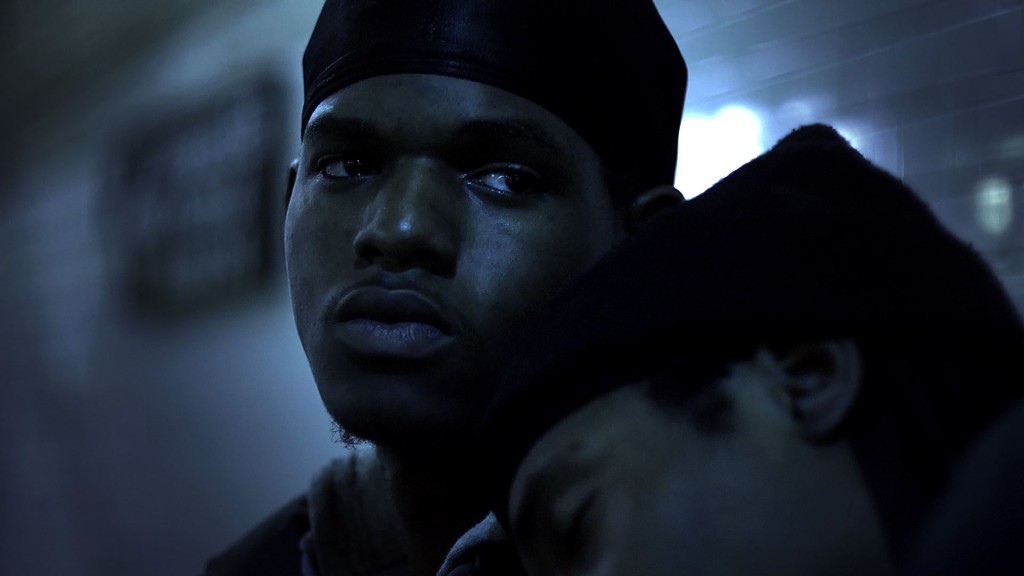
JC: I’ve had good days and bad ones with money. Since I was young I’ve been something of a risk taker: first a filmmaker, then an entrepreneur, founding editor of a magazine, CEO of a creative agency, and founder of a nonprofit. I’ve tanked businesses and owed a lot of money at times, then others I’ve been doing incredibly well. During my first movie there were some really bad days where I didn’t have enough money to eat, I maxed out my credit cards, I did the whole starving artist thing. It’s good to get there, you learn what your reserves are, how far you’re willing to go. Then again I don’t ever really want to experience that feeling again.
LDJ: …and do you feel that it is important to be transparent in our own relationships to financial sustainability as we give tools to/teach creative people (and people learning to use creative practice in a process of self-growth)?
Sure I do.
LDJ: I personally have worked hard to evolve my own relationship with abundance via currency in the past few years, and I now I am able to see a space in which both charging for your work as well as paying for things that you care about deeply as a great step in our cultural and creative adaptation to a sustainable practice. Any more thoughts on this from your end?
JC: This is part of the new economy that I love. We have the opportunity today to back projects that we find merit in. That is a product of this time and we’re seeing people’s creativity and ability to build their dreams on their own terms. That said, the platforms are maturing and we’re seeing people with bigger budgets come onto those same platforms and build a new language for what can be done with more clout as well. Regardless, democratizing creation has been something the internet has been working on for decades, and each year it continues to find new way to explore those freedoms.
LDJ: Agreed, 100%. I hope to see the projects we believe in growing in possibility more and more in the years to come. That said, speaking of the years to come – what is your and/or the creative team’s “plan” for the future? Will you continue to work with the possibility project and/or the young people involved in the film? what are your hopes for the long-term impact of this piece and/or upcoming projects?
JC: My part in directing the film, developing the strategy for a social action campaign, designing the film’s web presence, and implementing a content strategy, were all large pieces of my personal goals and overarching ones for all those involved. For me this project is about the youth I had the chance to work with, and the change it will make in the lives of others in foster care. That’s what I’m invested in and I want to see come to fruition. I’m going to be with this project for a long time and see it through.
The great part about working with a nonprofit on this project is the longevity with how they’re seeing the issue as a whole. They’re fully invested not just in the film’s success, but rather their ability to make a social impact. This is not a one-off piece, it’s part of a larger strategy. They have multiple cities across the nation with programs for at-risk youth. They’re going to continue to grow and build that over the years. Something we discussed often early one was how and where this project would go once it was finished. The goal and impetus from the beginning was working towards changing the foster care system.
The primary objective is to construct and initiate a social action campaign for communication, outreach, and audience engagement. Our social issue film ends with a clear message: join the movement for changing foster care through the film’s website. We want to connect people through the movie’s powerful stories and drive them online to take realistic, tiered, tangible actions that lead to greater engagement after they leave the theater. We plan to employ a multifaceted approach leveraging TPP programs in 5 U.S. cities and its network of agencies/organizations in NYC and nationally to tap into the millions of youth and adults engaged with the foster care system. We seek to implement a strategy that begins with screenings and guided discussions nationwide, targeting foster care youth and professionals; simultaneously we will engage general audiences through “Know How’s” online presence so they too can contribute to the movie’s purpose, first through simple actions and then with greater activism.
LDJ: Hopefully, with this article and in future, we’ll be able to continue to support KNOW HOW, The Possibility Project, and the long term social change initiatives at the heart of this incredible film. Thank you so much for talking to us today! Best of luck at the festivals.
JC: Thank you!
[box] [h6] Please continue to follow the KNOW HOW team on social media as they travel to festivals and continue the work of this project!
WEBSITE
FACEBOOK
TWITTER
[/h6]
[/box]
